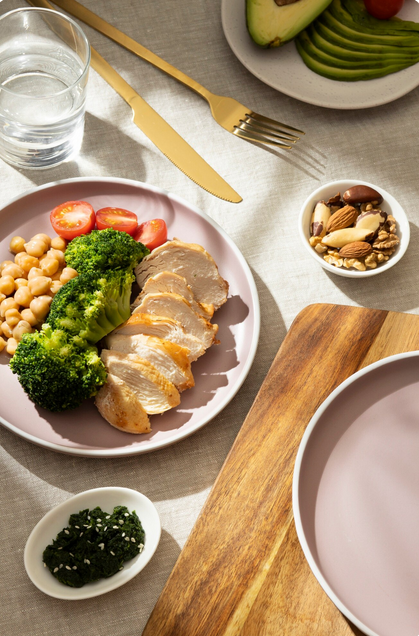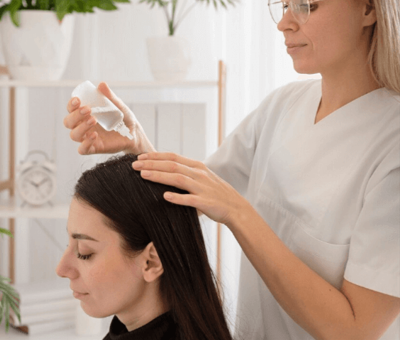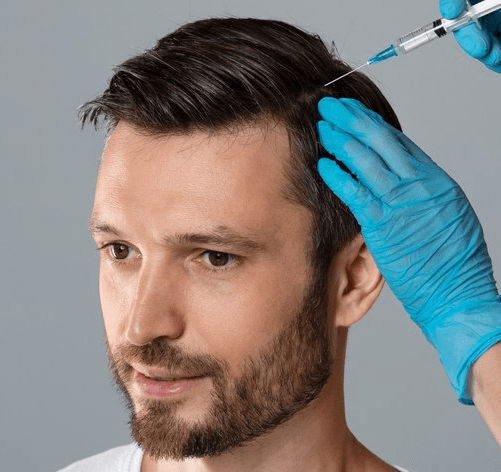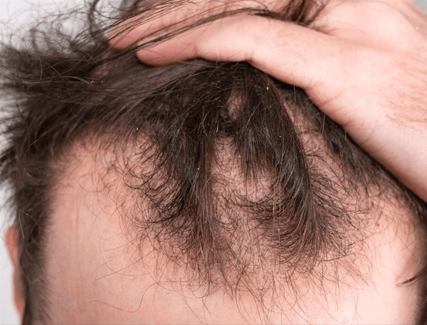Porcelain veneers are a durable, stain-resistant, and highly aesthetic solution for transforming your smile. But even though they’re made of strong materials, they’re not invincible. Certain foods and drinks can damage your veneers, weaken the bonding material, or affect your gum health — all of which can shorten the life of your veneers.
If you’ve invested in a smile makeover, the last thing you want is to compromise it with poor dietary habits. In this guide, we’ll walk you through the key foods to avoid with porcelain veneers, explain why they’re risky, and offer smarter alternatives for a veneer-safe diet.
🧊 1. Hard Foods That Can Chip or Crack Veneers
While porcelain is strong, it’s also glass-like — meaning it can crack under excessive pressure.
Avoid:
- Ice cubes (chewing)
- Hard candies (jawbreakers, toffee, butterscotch)
- Nuts (especially uncracked or hard varieties like almonds)
- Popcorn kernels
- Crusty breads (baguettes, hard rolls)
Why it’s risky:
Biting directly into hard items puts pressure on the edges of your veneers, which are the most vulnerable to chipping or breaking.
✅ Safer alternatives:
- Soften bread with olive oil or soup
- Eat chopped or slivered nuts
- Let ice melt in your mouth instead of chewing it
🍷 2. Highly Pigmented Foods and Beverages
Porcelain veneers themselves are stain-resistant, but the bonding material and surrounding natural teeth are not. Over time, excessive staining can create uneven coloring or discoloration at the gum line.
Limit or avoid:
- Coffee and black tea
- Red wine
- Berries (blueberries, blackberries, pomegranates)
- Tomato-based sauces (marinara, ketchup)
- Soy sauce and balsamic vinegar
- Curry and turmeric-heavy dishes
Why it’s risky:
Pigmented foods can stain the edges of your veneers, making the line between veneer and tooth visible over time.
✅ Tips for stain-prone foods:
- Drink with a straw to limit contact with front teeth
- Rinse your mouth with water after eating
- Brush 30 minutes after consuming acidic or staining foods
🍬 3. Sticky and Chewy Foods That Tug on Veneers
Sticky foods can cling to veneers and potentially loosen or stress the bonding cement.
Avoid:
- Caramel
- Taffy
- Chewing gum (especially sugar-based)
- Gummy candies
- Dried fruits like dates, raisins, and apricots
Why it’s risky:
Sticky substances can pull on veneers and compromise the adhesive over time, especially around the edges.
✅ Better choices:
- Fresh fruit instead of dried
- Sugar-free mints instead of gum
- Yogurt or smoothies for sweet cravings
🍊 4. Acidic Foods That Erode Natural Enamel
Veneers cover only the front surface of the teeth, leaving the back and edges exposed. Consistently acidic foods can erode these unprotected parts, potentially weakening the structure supporting your veneers.
Avoid or limit:
- Citrus fruits (lemons, limes, oranges)
- Vinegar-based dressings
- Soda and energy drinks
- Pickled foods
- Pineapple and grapefruit juice
Why it’s risky:
Acidic erosion can cause sensitivity, discoloration, and even loosen veneers by affecting the surrounding enamel.
✅ Pro tips:
- Drink acidic beverages with a straw
- Rinse your mouth with water afterward
- Chew sugar-free gum to stimulate saliva production and neutralize acid
🍖 5. Meats with Bones or Tough Cuts
Biting into meat on the bone or overly chewy cuts can put unnecessary pressure on veneers.
Avoid:
- Chicken wings or ribs with bone
- Jerky or overly tough steaks
- Hard-crusted sandwiches with thick meat layers
✅ Better eating habits:
- Cut meat off the bone before eating
- Opt for slow-cooked or tender cuts
- Use a knife and fork to avoid biting directly into tough textures
🍺 6. Alcohol (in Excess)
Moderate alcohol consumption is fine, but excessive alcohol use — especially with alcohol-based mouthwashes or frequent drinking — can soften and deteriorate the bonding material.
Why it’s risky:
Alcohol can weaken the adhesive holding your veneers, especially if exposed repeatedly.
✅ Smart swaps:
- Use alcohol-free mouthwash
- Drink plenty of water between alcoholic beverages
- Maintain regular dental checkups to monitor bonding integrity
🧾 Quick Cheat Sheet: Foods to Avoid with Veneers
| Type of Food | Examples to Avoid | Risk |
|---|---|---|
| Hard Foods | Ice, nuts, popcorn kernels | Cracks and chips |
| Staining Foods | Coffee, red wine, soy sauce | Discoloration and margins |
| Sticky Foods | Taffy, caramel, dried fruit | Loosening or tugging |
| Acidic Foods | Citrus, soda, vinegar | Enamel erosion |
| Tough Meats | Jerky, meat on the bone | Stress on veneer structure |
| Alcohol (Excess) | Alcoholic drinks, alcohol-based rinses | Weakens bonding over time |
🦷 Final Thoughts: Protecting Your Veneer Investment
Porcelain veneers are strong and beautiful, but like any cosmetic enhancement, they need care and protection. Avoiding the wrong foods — or consuming them mindfully — is one of the most effective ways to extend their lifespan and keep your smile flawless.
Be mindful of what you eat, build good habits, and maintain regular dental visits. With the right care, your veneers will continue to look stunning for years to come.




